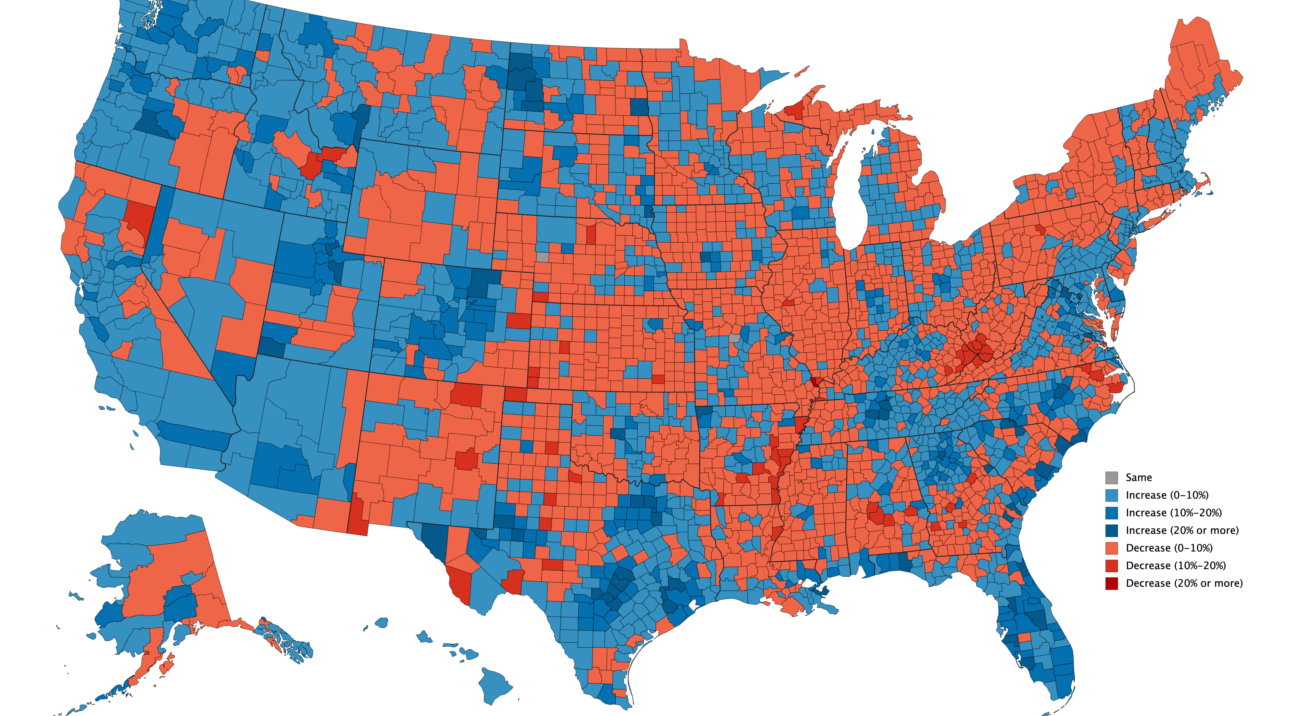

Opposite to shield volcanoes, volcanic domes are formed when lava is highly-viscous. Helens in Washington, and Mount Cotopaxi in Ecuador. Some well-known composite volcanoes are Mount Fuji in Japan, Mount St. This is because, in between lava eruptions, composite volcanoes emit ash and rock, which helps add structure to the mound rather quickly. StratovolcanoesĪlso known as composite volcanoes, stratovolcanoes are built relatively fast, at least compared to shield volcanoes. In fact, the world’s tallest active volcano, Mauna Kea in Hawaii, is a shield volcano. While these volcanoes take a while to form, they aren’t necessarily low. The lava eventually dries to form a thin, wide sheet, and after repeated eruptions, a mount starts to form.įrom the top, these types of volcanoes look like a shield, hence the name. Shield volcanoes are built slowly, from low-viscosity lava that spreads far and quick. Most volcanoes types fall into four main groups: Shield Volcanoes Volcanoes vary in size and structure, depending on how they’re formed. Generally speaking, high gas content and high viscosity lead to explosive eruptions, while low viscosity and gas content lead to an effusive, or steadily flowing, eruption. There are various types of volcanic eruptions, depending on the lava’s temperature, thickness, and composition. When it surfaces or erupts, it’s referred to as lava. Magma rises to the Earth’s surface because it’s lighter than rock.
#Us population density map crack#
Types of EruptionsĪ volcano starts to form when molten rock rises from a crack in the Earth’s surface, which often emerge along tectonic plate boundaries. This graphic by Giulia De Amicis provides a brief introduction to volcanoes, explaining their different types of shapes and eruptions. These critical mounds come in many shapes and sizes. They’ve helped create our mountain ranges, plains, and plateaus, and have even helped fertilize the land that we now use to grow crops. It’s estimated that more than 80% of our planet’s surface has been shaped by volcanic activity. Turning the Tables?Ĭonversely, what if we transported the people in the country’s least densely populated counties into the middle of an urban center? RankĪs it turns out, the total population of the five least populated counties is just 1,394-roughly the same amount of people that live on the average Manhattan block.Įxplainer: The Different Types of Volcanoes on EarthĮven if you don’t live near a volcano, you’ve been impacted by their activity. To match the scale of the population of the Windy City, we would need to add up every county in New Mexico, along with large portions of Colorado, Arizona, and Texas.
#Us population density map full#
For this visualization, we’re using the Chicago metropolitan area, which covers the full extent of the city’s population. Next up is America’s third largest city, Chicago. Chicago’s Rural EquivalentĬhicago Metropolitan Area Population: 9.53 millionĬhicago Metropolitan Area Population density: 1,318 persons / mi² To match this enormous scale in Middle America, it would take 298 counties covering an area of 471,941 mi². Los Angeles County is home to the 88 incorporated cities that make up the urban area of Los Angeles.Įven excluding nearby population centers such as Anaheim, San Bernadino, and Riverside (which are located in adjacent counties) it is still the most populous county in the United States, with over 10 million inhabitants. LA County Population density: 2,100 persons / mi² In order to match the population of the entire New York metropolitan area, which holds 18 million people and includes adjacent cities and towns in New York state, New Jersey, and Connecticut, the above equivalent area would have to be even more massive. The region shown above is 645,934 mi², and runs through portions of 12 different states. Today, 1 in every 38 people living in the United States resides in The Big Apple.įor the northwestern counties above to match the population of New York City, it takes a land area around the size of Mongolia.

back in 1781 and has long been the country’s most densely packed urban center. New York City became the largest city in the U.S. New York City Population density: 27,547 persons / mi² New York City (proper) Population: 8.42 million How many counties does it take to equal the population of these large urban areas? Let’s find out. Even so, this interactive map by Ben Blatt of Slate helps visualize the stark contrast between urban and rural densities in a way that might intrigue you. It’s no secret that cities like New York have a vastly different population density than, say, a rural county in North Dakota.

America’s 328 million people are spread across a huge amount of territory, but the population density of various regions is far from equal.


 0 kommentar(er)
0 kommentar(er)
